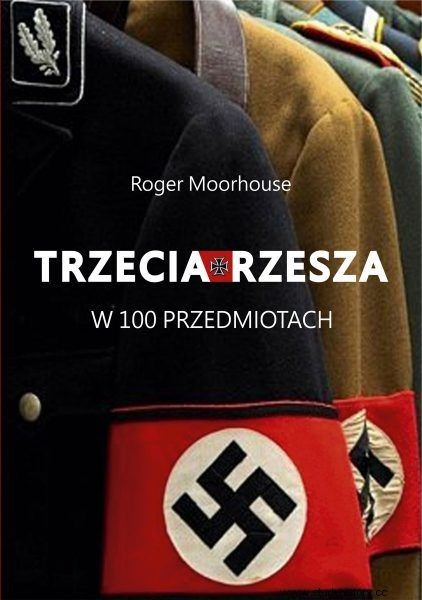Imagine that you are several years old and dream of a wonderful gift from Santa Claus. At Christmas, you open the package impatiently, and inside you find ... a figurine of Hitler. And not just any, but the most hideous in the history of toys. Brick nightmares! Anyway, see for yourself ...
Like any totalitarian regime, the authorities of the Third Reich tried to indoctrinate citizens from the first years of their lives. A useful weapon in the fight for the hearts and minds of the youngest were toys, especially those of a military or political nature. An example would be a figurine of Hitler.
Give yourself a Führer
German children were very keen on toy soldiers like in the picture, sold by the O. &M. Hausser company from Ludwigsburg. She invented a composite material made of sawdust and resin, which she called elastoline. Seven-centimeter long casts of human figures were made from it and then painted.
Various types of Hitler figurines were on offer, including depicting the Führer sitting, standing or making his rantings from a rostrum adorned with a flag with a swastika. Some of them had hand-painted porcelain heads, while others - like the one in the photo - were distinguished by a movable hand that could be made in a German greeting.

Probably no such ugly nightmare has developed in the entire history of toys. Nevertheless, the German children were very keen on the Hitler figurines.
In addition to the leader of the Third Reich, you could buy, among others, Benit Mussolini, Hermann Göring, Francisco Franco and Rudolf Hess, as well as soldiers from Hitler Youth to the SS and many types of military vehicles.
More complicated toys were also produced, such as artillery cannons that fired small projectiles or rifles that released a puff of smoke when the trigger was pressed. One such figurine cost 5 reichsmark , so it was definitely not cheap, since the average weekly wage was around 30 reichsmark in 1938.
Playing war
The elastoline soldiers gave children the exciting opportunity to play Hitler's speeches or fight battles on the floor of their own room. Of course, these toys were not meant to be politically neutral, but were part of Nazi propaganda. Their task was to instill in the youngest a fascination with the army, and also to make Nazi prominent heroes admired.

An interesting fact is a fragment of Roger Moorhouse's book "The Third Reich in 100 Objects", published by the Znak Horyzont publishing house.
For this reason, the regime followed O. &M. Hausser very closely - so much so that Hitler himself intervened with the casting of his face to make it more realistic .
In 1943, the sale of elastoline figures was stopped when the economy was fully brought to war and almost all production was aimed at meeting the needs of the military.
At that time, many of the Germans who played with these toy soldiers in the 1930s were already fighting in real battles on the fronts of World War II.
Source:
The above text originally appeared in Roger Moorhouse's book The Third Reich in 100 Objects , which was published by Znak Horyzont.
The title, illustrations with captions, boldface text, explanations in square brackets and subheadings come from the editors. The text has undergone some basic editing to introduce more frequent paragraph breaks.
